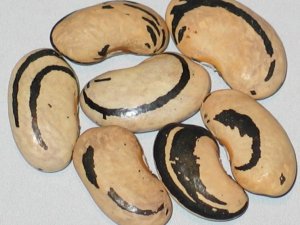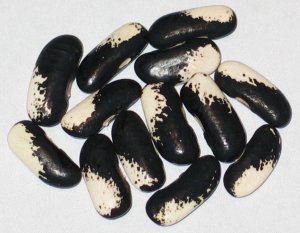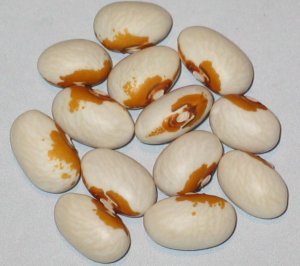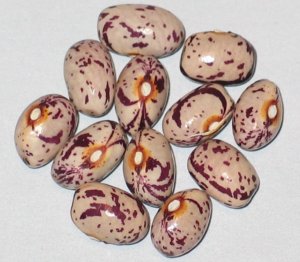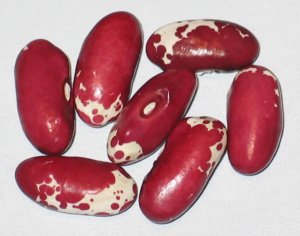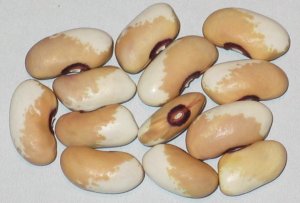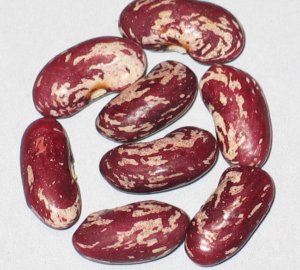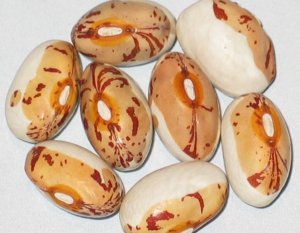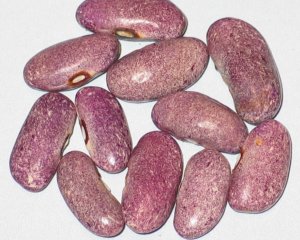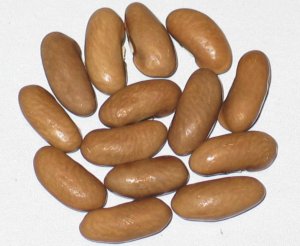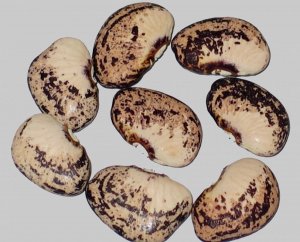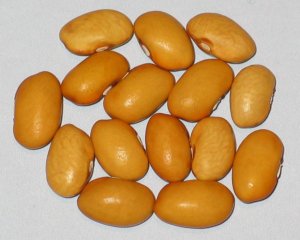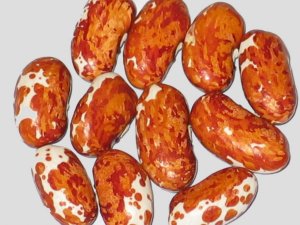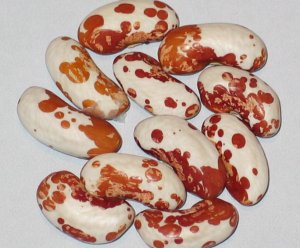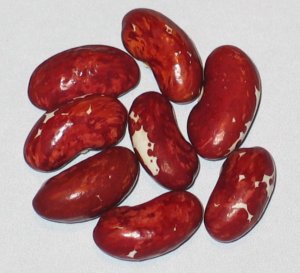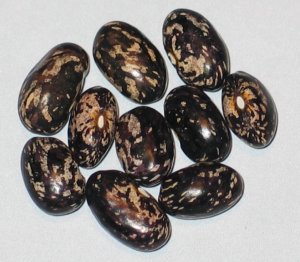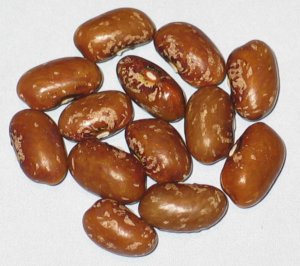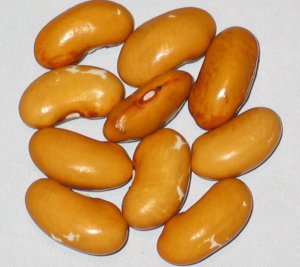- Thread starter
- #611
Blue-Jay
Garden Master
- Joined
- Jan 12, 2013
- Messages
- 3,425
- Reaction score
- 10,874
- Points
- 333
- Location
- Woodstock, Illinois Zone 5
@aftermidnight,
The other bean from the UK.... Bob and something it's called. I gave the person your mailing address. Maybe they are slow to get the mailing done. When someone requests something from me I usually get on it right away. Sometimes the very day the request is made. Anyway I hope the bean arrives. This person recognized your name form another garden forum you are on. They were happy the bean will have a good home.
I love the color of your pods from your outcrossed Logan Giant. I think I also have read somewhere there is a black Logan Giant but have never seen it listed anywhere. You should plants some of those black beans and maybe you will get the Logan Giant pattern in black and white. Would be neat.
The other bean from the UK.... Bob and something it's called. I gave the person your mailing address. Maybe they are slow to get the mailing done. When someone requests something from me I usually get on it right away. Sometimes the very day the request is made. Anyway I hope the bean arrives. This person recognized your name form another garden forum you are on. They were happy the bean will have a good home.
I love the color of your pods from your outcrossed Logan Giant. I think I also have read somewhere there is a black Logan Giant but have never seen it listed anywhere. You should plants some of those black beans and maybe you will get the Logan Giant pattern in black and white. Would be neat.

